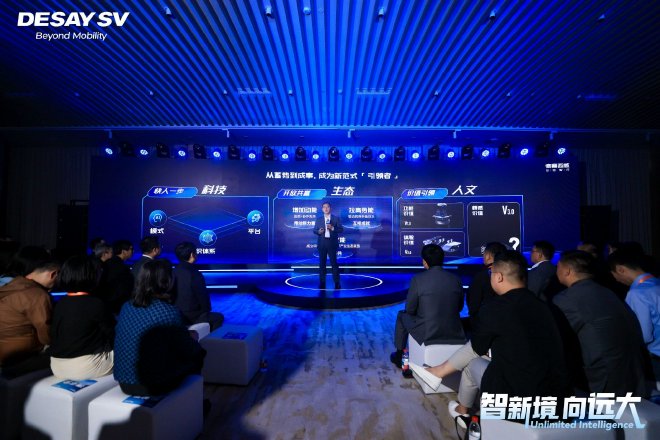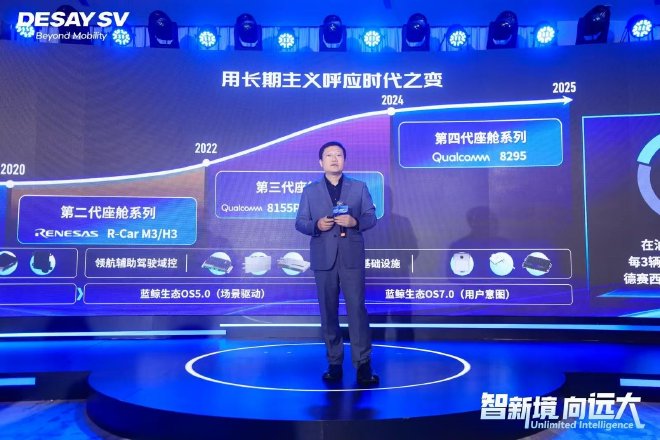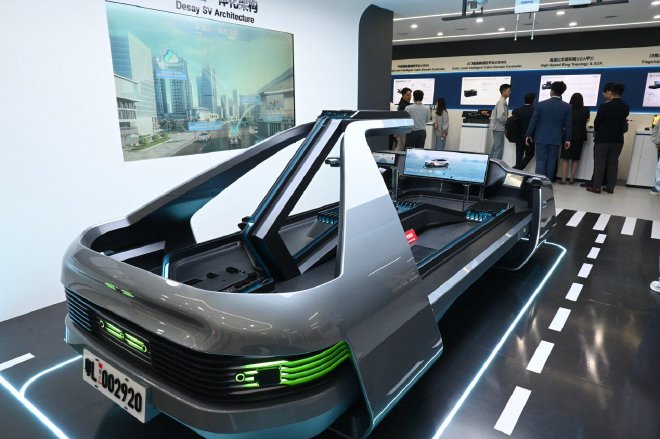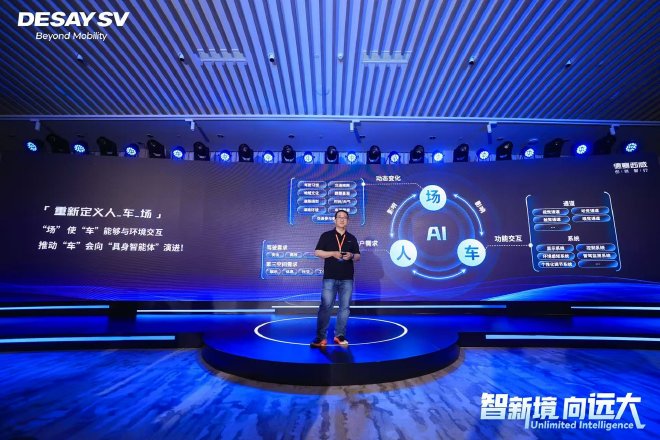On April 22, the day before the Shanghai Auto Show, Desay SV held a press conference. They announced their new development strategy, mission, and vision. They also unveiled Smart Solution 3.0, a smart travel solution representing the future of AI mobility.
Current advanced driving assistance technology develops rapidly. Its penetration rate keeps increasing. However, the industry faces significant challenges. These include complex development and operations, poor user experience, weak value perception, slow adoption, and difficulties in mass production. Gao Dapeng, Chairman and President of Desay SV, stated at the press conference that only a “new paradigm” can bridge the gap in industry development. In the past five years, Desay SV’s R&D investment grew at a compound annual growth rate of 34%. The company established 12 R&D institutions worldwide and built a team of over 4,200 researchers. They transitioned from technical reserves to scaled implementation and now lead the industry paradigm.
In the era of oil and electricity, one in three cars features Desay SV’s technology solutions. This market share stems from a growth formula based on “R&D innovation × ecological fission.” With nearly 40 years of technical depth, Desay SV focuses on innovative collaboration in foundational architecture and maintains full-stack capabilities across hardware and software.
In the era of AI, users face unclear demands. Industries struggle with complex collaboration. Innovation costs remain high. Desay SV’s CEO Xu Jian offers a 1-3 year “basic solution.” This solution includes “one architecture + three major businesses + three commitments.” The “one architecture” covers an integrated vehicle-road-cloud framework. The “three major businesses” represent new product technology upgrades in smart cockpits, assisted driving, and intelligent networking. The “three commitments” involve a continuous investment in “full-domain” technology reserves, multi-model “full-chain” ecosystem coverage, and a commitment to create an “all-time” smart travel experience. Xu Jian emphasizes that AI variables will speed up the popularization of automotive intelligence. Desay SV will maintain a rhythm of mass production, research, and reserves. The company will continuously launch innovative product technology solutions that meet future travel demands. Building on the “basic solution,” Desay SV will explore future “optimized solutions” and “possible solutions.”
At the event, the “Desay SV AI Travel Trend Research Report” was released. This report analyzes user profiles in the AI era. It outlines six trends: AI travel holographic protection, natural tuning, native awareness, field expansion, edge-cloud symbiosis, and boundless time-space. The introduction of Smart Solution 3.0 represents the practical application of future AI travel trends. Driven by AI technology, Smart Solution 3.0 integrates over 150 cutting-edge technologies, including spatial computing, neural enhancement, and environmental invisibility intelligence. It showcases four scenarios: “Green Wilderness,” “Super Sensory Mode,” “Comfortable Rest,” and “Warm Escort.” These scenarios demonstrate multi-sensory interaction, deep emotional connection, real-time health monitoring, and environmental perception alerts. This approach accelerates the evolution of smart cars into “embodied intelligent agents.”



